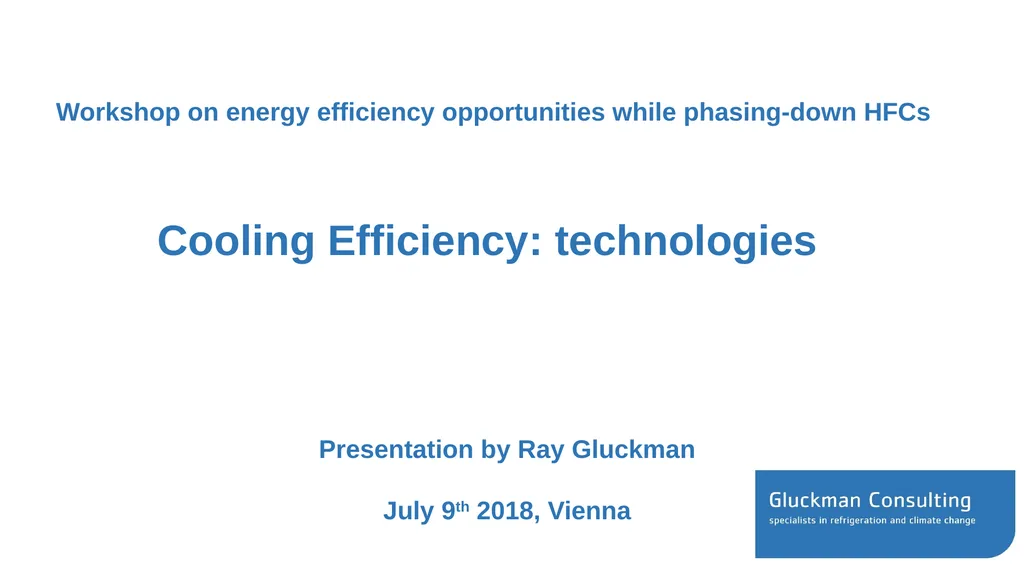
Workshop on energy efficiency opportunities while
Author: ellena-manuel | Published: 2025-06-20
Description: Workshop on energy efficiency opportunities while phasing-down HFCs Cooling Efficiency: technologies Presentation by Ray Gluckman July 9th 2018, Vienna Presentation Contents Scope for energy efficiency improvements Understanding key
Download Presentation
Download the PPT/PDF: Download
Transcript:
Loading transcript…